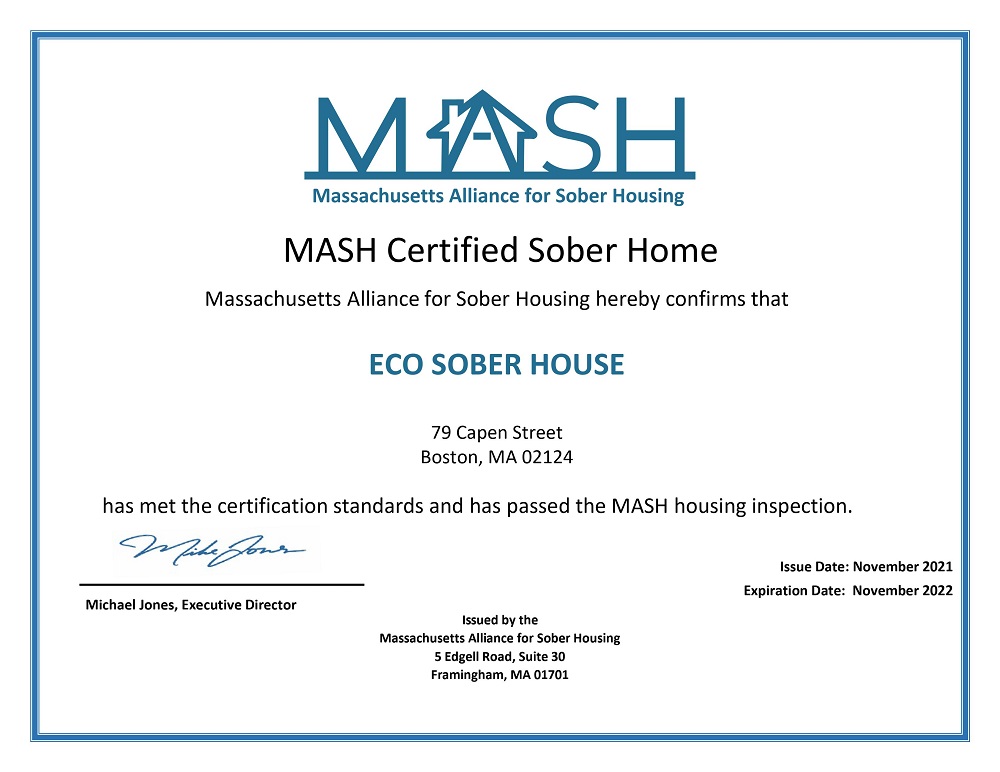But prolonged alcohol abuse can lead to chronic (long-term) pancreatitis, which can be severe. “The good news is that earlier stages of steatotic liver disease are usually completely reversible in about four to six weeks if you abstain from drinking alcohol,” Dr. Sengupta assures. Steatotic liver disease develops in about 90% of people who drink more than 1.5 to 2 ounces of alcohol per day. “Some people think of the effects of alcohol as only something to be worried about if you’re living with alcohol use disorder, which was formerly called alcoholism,” Dr. Sengupta says. Throughout this process, the medical team will monitor does alcohol lower body temp the person’s heart rate, breathing, and blood pressure to keep an eye out for complications. The symptoms of alcohol poisoning are often life-threatening, so being able to recognize the signs can potentially save someone’s life.
Can Drinking Alcohol Increase Body Temperature?
Dehydration, in turn, affects the body’s ability to properly cool itself and can lead to heat-related illnesses. In reality, drinking alcohol can cause a decrease in your internal body temperature. If someone drinks to the point of alcohol poisoning, their body temperature could drop significantly, potentially leading to hypothermia. Alcohol leads to vasodilation, which can result in increased blood flow to the extremities, making them more susceptible to frostbite. Alcohol can indeed contribute to the onset of hypothermia, as it reduces the body’s ability to regulate temperature by dilating blood vessels and increasing heat loss.
MeSH terms
- A body temp between 100.4 and 102.2 degree is usually considered a low-grade fever.
- Acetaminophen can help lower your body temperature, but make sure you avoid alcohol when using it and adhere to proper dosing guidelines.
- Many people are familiar with fevers, especially if they get sick during the winter and their bodies try to fight off an infection.
- Usually, your blood vessels constrict in lower temperatures in order to direct blood to your vital organs, Simon said.
AlcoholAwareness.org is dedicated to providing support and resources for individuals struggling with alcohol addiction. We aim to raise awareness, offer guidance, and connect people with recovery programs to help them regain control and improve their lives. Heavy drinking can also lead to a host of health concerns, like brain damage, heart disease, cirrhosis of the liver and even certain kinds of cancer. The amount of alcohol it takes to cause alcohol poisoning varies depending on factors like body weight, tolerance, and how quickly the alcohol is consumed.
This article begins with a summary of basic chronopharmacology as it relates to alcohol, followed by an analysis of the relationship between alcohol and body temperature. The physiological and behavioral effects of alcohol as a function of time of day also are explored, followed by a discussion of how alcohol exerts an influence over the CR of Tb. These distinct, yet related, objectives reflect the need to better integrate the alcohol and CR fields.
How to Get Rid of Hot Flashes After Drinking Alcohol
- Alcohol-induced disruption of normal thermoregulatory mechanisms results in hyperthermia or hypothermia in response to higher or lower Ta, respectively.
- The most common cause of hypothermia is exposure to a cold environment.
- When experiencing such side effects, it’s essential to recognize that they might signify an underlying issue.
- Binge drinking is also reported to be a habit of 12% of adults in the UK2.
- For instance, one study found that part of why alcohol exacerbates a drop in core body temperature is because it reduces the ability to shiver, which is the body’s way of creating warmth.
In most adults, an oral or axillary temperature above 37.6°C (99.7°F) or a rectal or ear temperature above 38.1°C (100.6°F) is considered a fever. A child has a fever when his or her rectal temperature is higher than 38°C (100.4°F) or armpit (axillary) temperature is higher than 37.5°C (99.5°F). If you measured your temperature under your armpit, then 99°F or higher indicates a fever. Temperature measured rectally or in the ear is a fever at 100.4°F (38°C) or greater. When you drink too much alcohol, it can throw off the balance of good and bad bacteria in your gut.

Browse discussions, ask questions, and share experiences across hundreds of health topics. However, according to the NHS, 21% of adults in England regularly drink over this amount each week. Binge drinking is also reported to be a habit of 12% of adults in the UK2.
If you have been drinking excessively for a long time, it is important to never suddenly stop drinking as this could lead to dangerous alcohol withdrawal symptoms of seizures, coma or even death. For guidance on reducing alcohol intake alcoholism safely- contact your doctor or alcohol services for advice before you stop. As the alcohol education charity Drinkaware Trust6 warns, the combination of alcohol and very cold weather can be dangerous and even lethal. This is because your body’s core temperature – regulated by the brain – and your body’s shell temperature – influenced by the environment – are both under the influence of factors making it cooler.

Conversely, a phase delay of the same magnitude produced only minimal changes in drinking behavior, with increases occurring only on the day of the shift (Gauvin et al. 1997a). These findings appear to contradict Geller and Purdy’s findings, in which a greater degree of drinking occurred after increasing the light portion of the cycle on the first day (i.e., phase advance). Currently, researchers believe that alcohol exerts its effects both on the brain (i.e., centrally) and on the peripheral body (i.e., peripherally) (Huttunen 1990).
Whether you drink beer, wine, or spirits, the alcohol content is what affects the body’s temperature regulation, not the type of beverage. However, while whiskey may be able to provide some temporary relief from specific cold symptoms, it’s generally not wise to consume alcohol while sick. This is because alcohol actually suppresses our immune system and can make it harder for our body to heal. Alcohol also dehydrates us — and when we’re sick, it’s vital to stay hydrated to help our body recover. Furthermore, while alcohol may help us fall asleep faster, it actually reduces our overall quality of sleep and disrupts our REM cycle, which is vital for physical restoration. You may have experienced hot flushes as a symptom of an alcohol hangover.
There are various opinions and misconceptions surrounding this topic, so let’s delve into it and find out the truth. Hypothermia is caused by losing more heat than the body can generate. The most common cause of hypothermia is exposure to a cold environment. A cold environment doesn’t necessarily mean the outdoors; those under anesthesia may be more prone to hypothermia because of altered thermoregulatory mechanisms. Other causes or risk factors include trauma or surgical wounds, fatigue, and alcohol intoxication. Hypothermia (low body temperature) refers to both a medical condition and a symptom of cold exposure.
A Change in Body Temperature
Cirrhosis, on the other hand, is irreversible and can lead to liver failure and liver cancer, even if you abstain from alcohol. And that’s on top of the toll that alcohol use can take on relationships, https://hr.evolan.net/end-stage-alcoholism-signs-symptoms-management/ not to mention the potential for financial strain and legal troubles. Additionally, don’t allow them to “sleep it off” or try to help them “sober up” through cold showers or coffee; these myths can worsen the situation. Next, doctors focus on stabilizing blood sugar and hydration, so they might insert an IV into a vein to administer fluids.
Drinking alcohol can be a form of “self-medication” used to unwind from workplace stress or ease study pressures, making it less “aqua vitae” (water of life) and more and “Aqua ad vitae” (water to counteract life). And more than 2,600 years ago the Greek poet Alceus suggested that “we must not let our spirits give way to grief … Best of all defences is to mix plenty of wine and drink it”. Serenity Grove offers a full continuum of customized services for adults who have become addicted to alcohol and other substances. We also provide dual diagnosis programming for patients who have been affected by anxiety, depression, PTSD, and other co-occurring mental health concerns. If you are unable or unwilling to take either of these steps, you may have developed alcohol use disorder, which is the clinical term for alcoholism.
